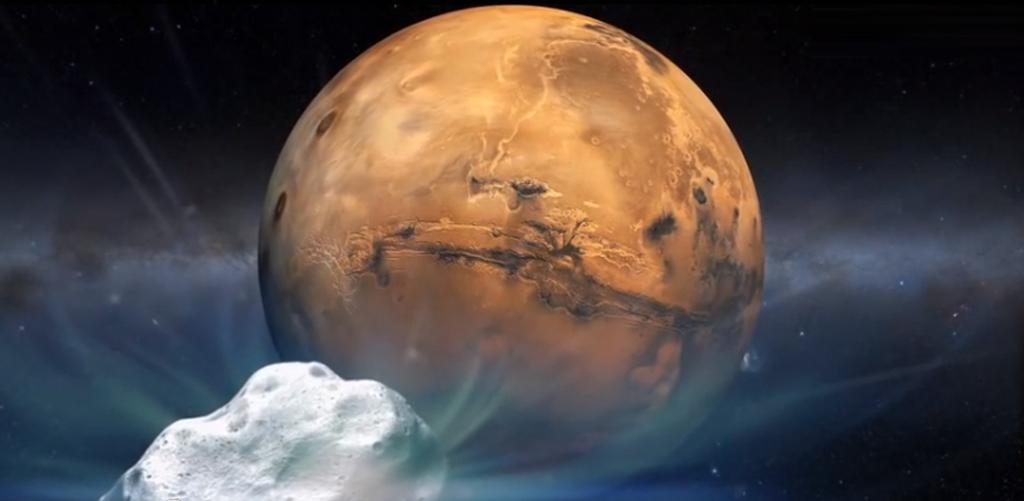
Volcanic Acid Fog
Most of us are familiar with acid rain. It comes thanks to our (rather irresponsible) industrial complex; however, new research indicates that the Red Planet may also have—or rather, it did have—a bit of a problem when it comes to acidic water.
Of course, on Mars, these conditions didn’t stem from the planet’s flourishing industrial society. And indeed, even on our own planet, we see instances of acid rain that don’t result from human activity. On Earth, the closest analogy would be the Hawaiian vog, which is acidic volcanic smog caused by gaseous releases from the Kilauea volcano
Variations in rock structures that were found across the Cumberland Ridge and the Husband Hill summit on Mars strongly hint at the occurrence of an acid fog that likely ate away the rocks on the Red Planet. These findings came from data gathered by the, now defunct, Spirit rover.
Scientists found that, although the chemical composition of these rocks was remarkably similar, they were different in every other way, including their size, structure, and the amount of oxidized iron contained within them.
In an interviw, co-author and planetary scientist at Ithaca College Shoshanna Cole told Space.com that the rocks were likely exposed to acidic water vapor that came form volcanic eruptions. She asserts, “What we saw on Mars was the result of volcanic eruptions that happened billions of years ago, probably before there was multicellular life on Earth.”
Mars’ Terrain

Scientists suggest that, when acid fog drifted onto the rocks along the analyzed area, it would dissolve some of its minerals and cause the rocks to lose their crystalline structure. Once the water from the fog evaporates, the grains or rock form together into bumps.
“A lot of people have talked about weathering that would occur on Mars,” said planetary scientist Ralph Milliken of Brown University. We have had models that showcase how these processes may work on the Red Planet; however, evidence for such processes has been scarce. “This is consistent with some of these models,” Milliken continues.
Cole says, “Nothing is being added or taken away, but it was changed.” And she adds that the process would have been a rather long one, saying, “This would have happened in tiny amounts over a very long time. There’s even one place where you see the cementing agent healing a fracture. It’s pretty awesome. I was pretty happy when I found that one.”